Case Number : Case 2842- 28 May 2021 Posted By: Dr. Richard Carr
Please read the clinical history and view the images by clicking on them before you proffer your diagnosis.
Submitted Date :
M65. Has had cholangiocarcinoma and urothelial carcinoma.

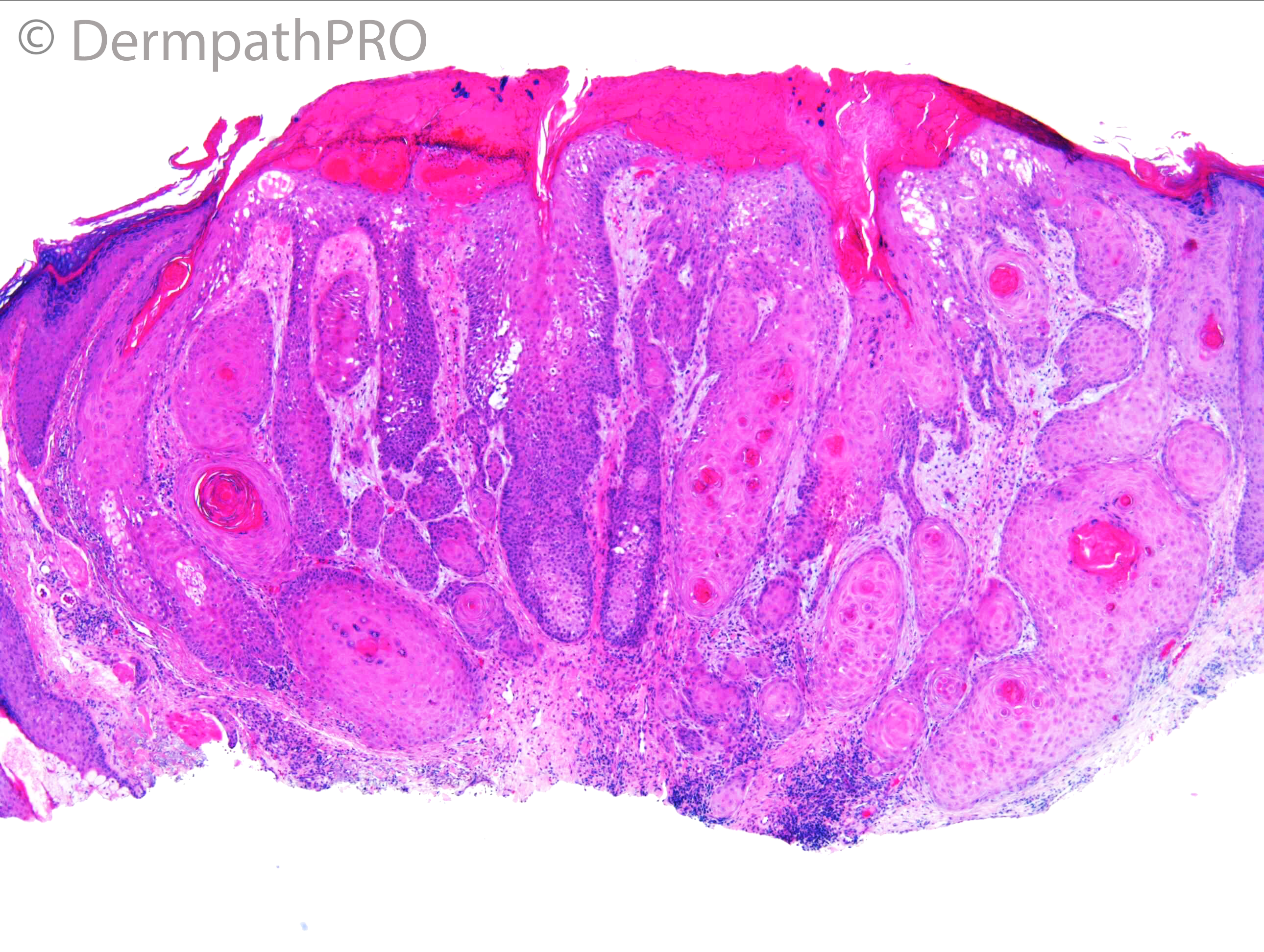
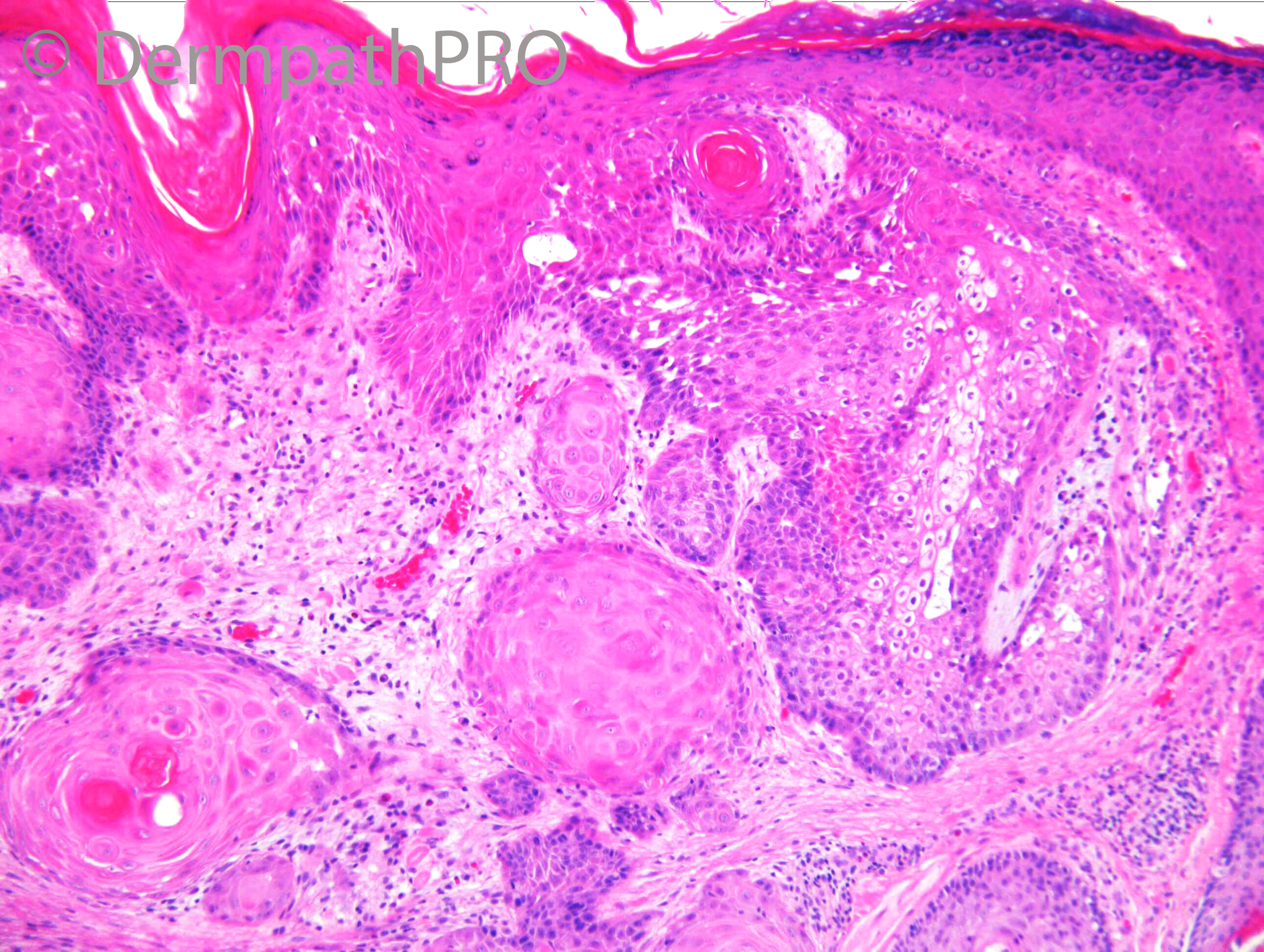


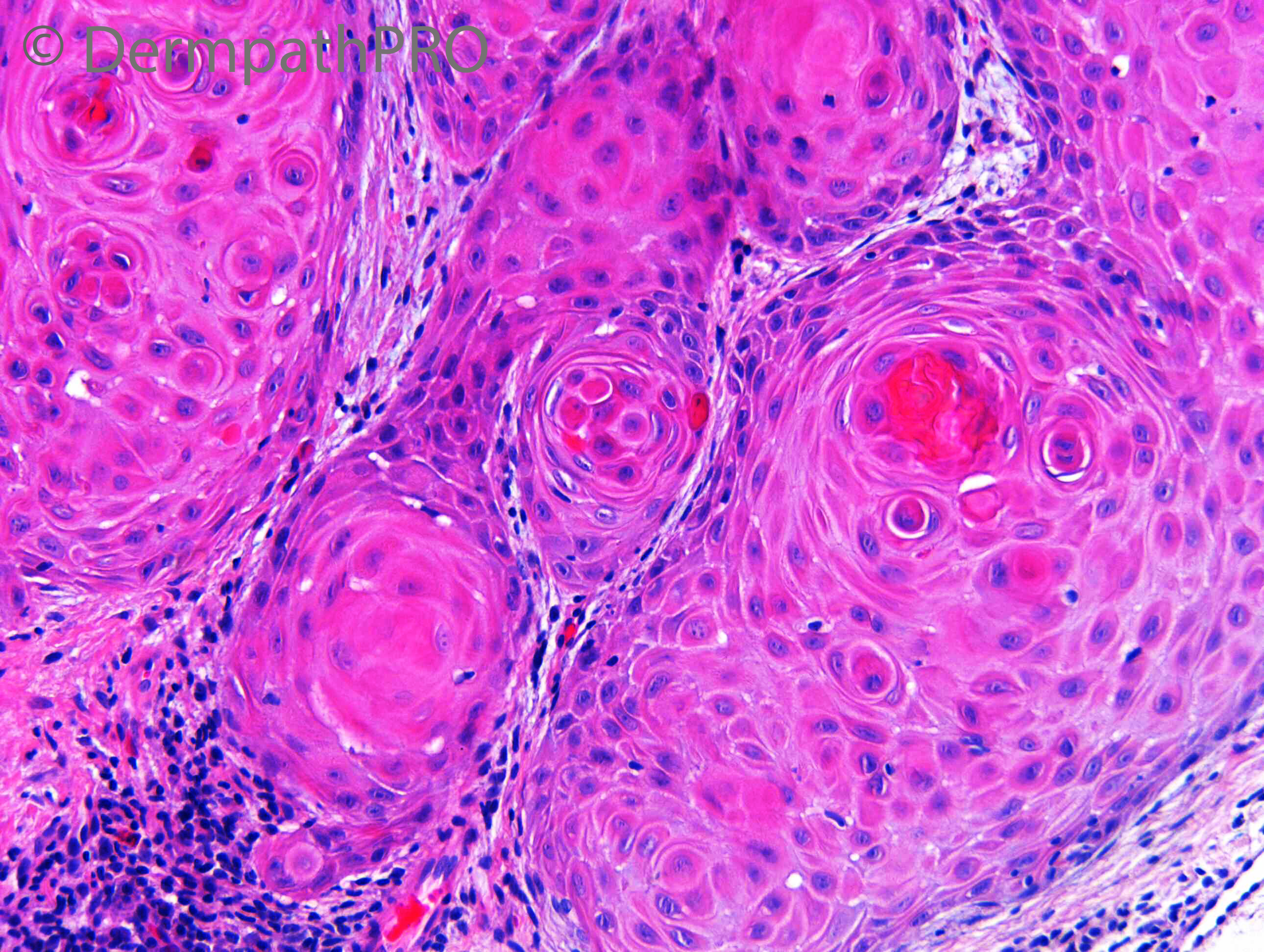
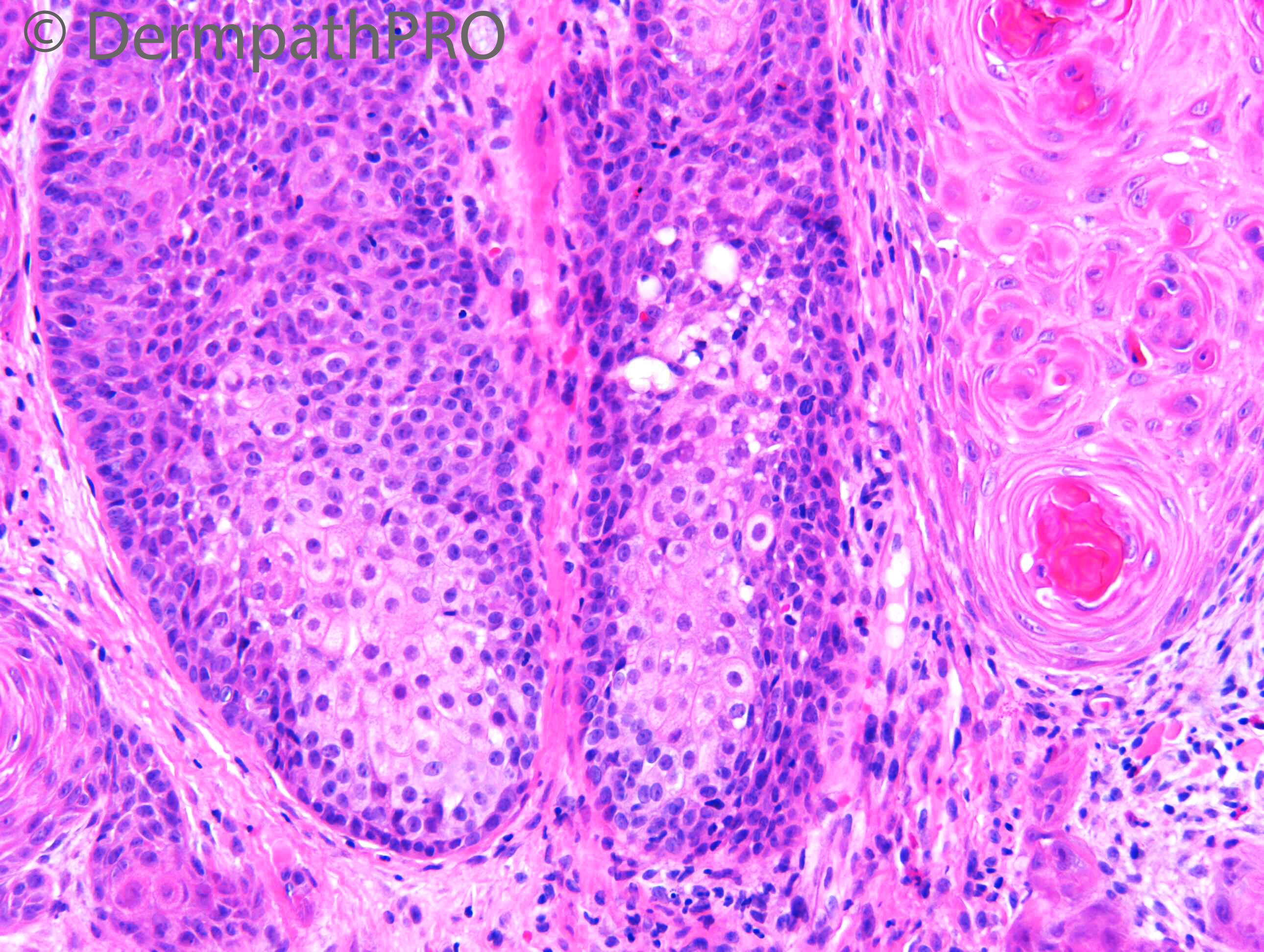
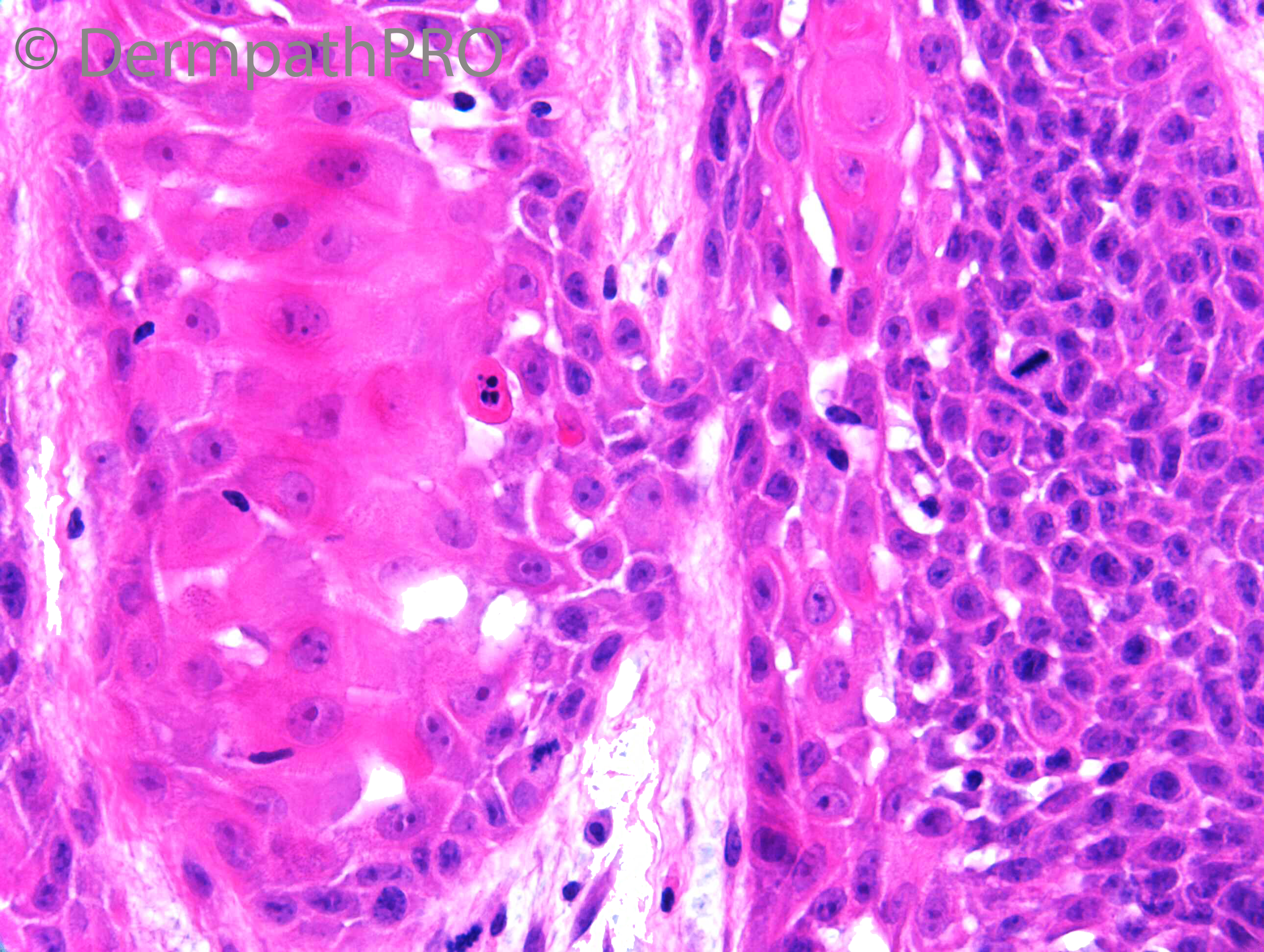
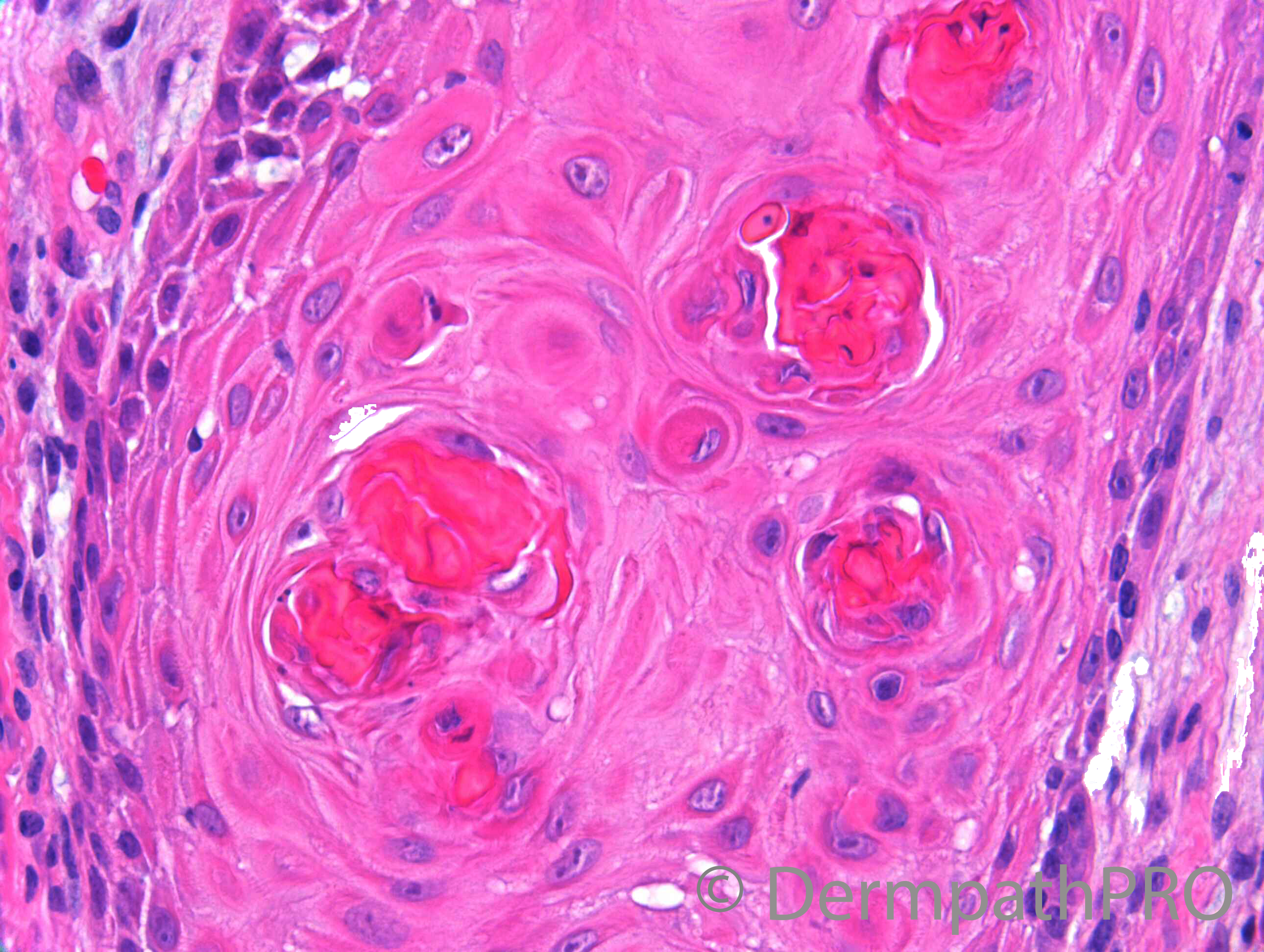


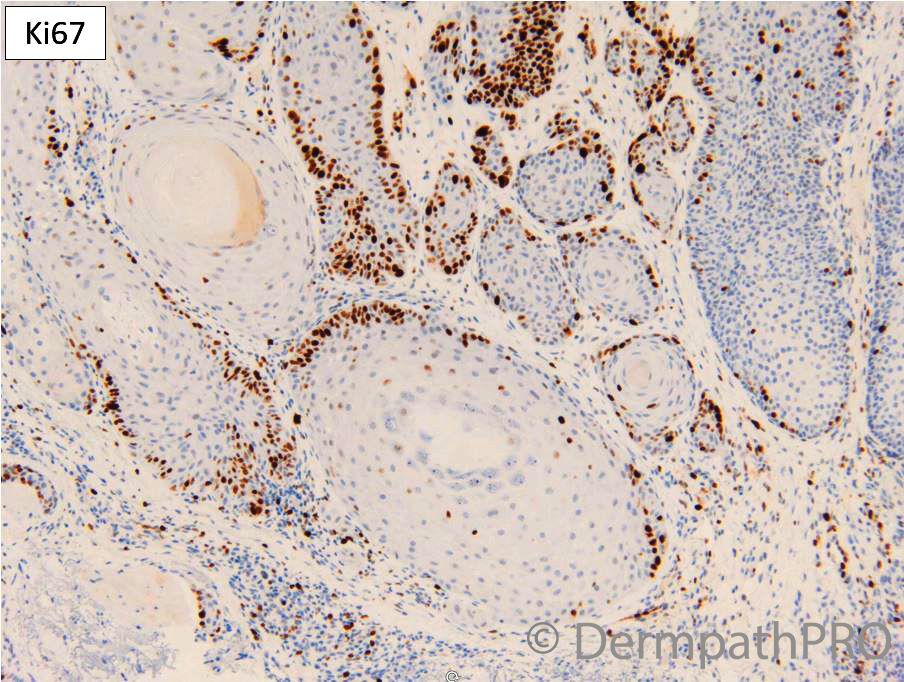
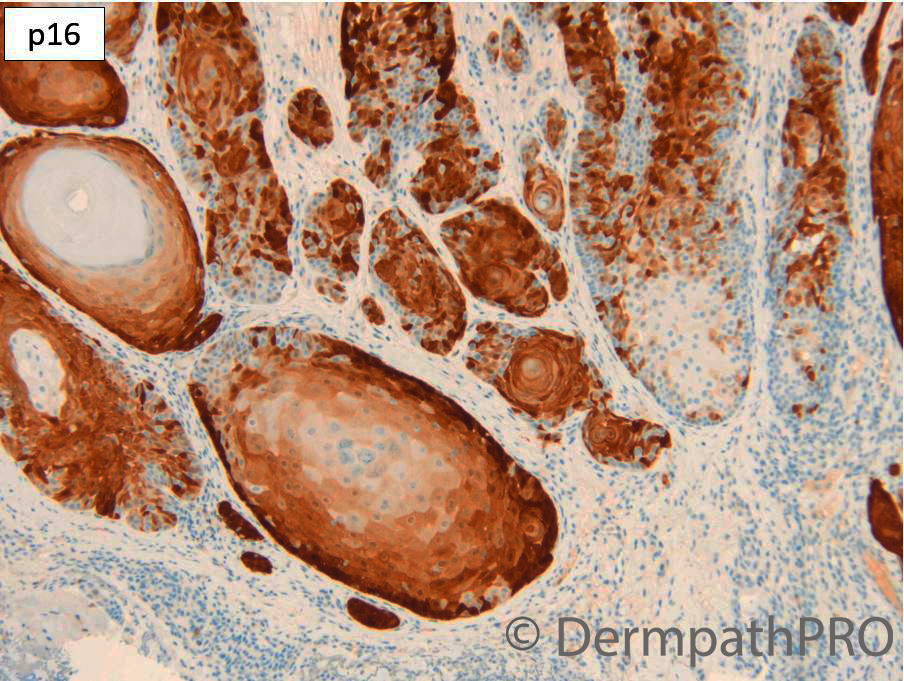
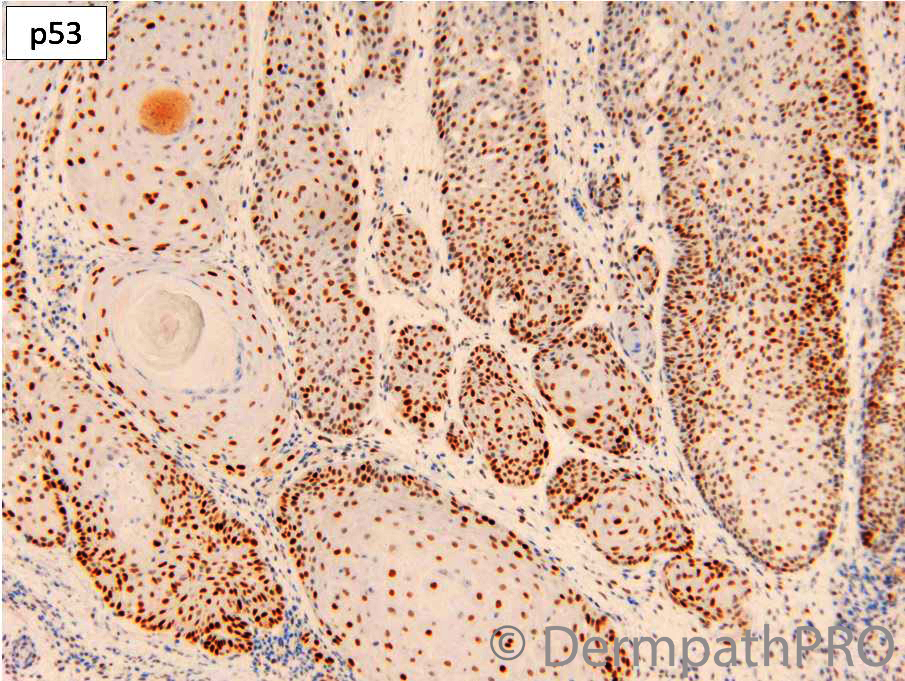
Join the conversation
You can post now and register later. If you have an account, sign in now to post with your account.